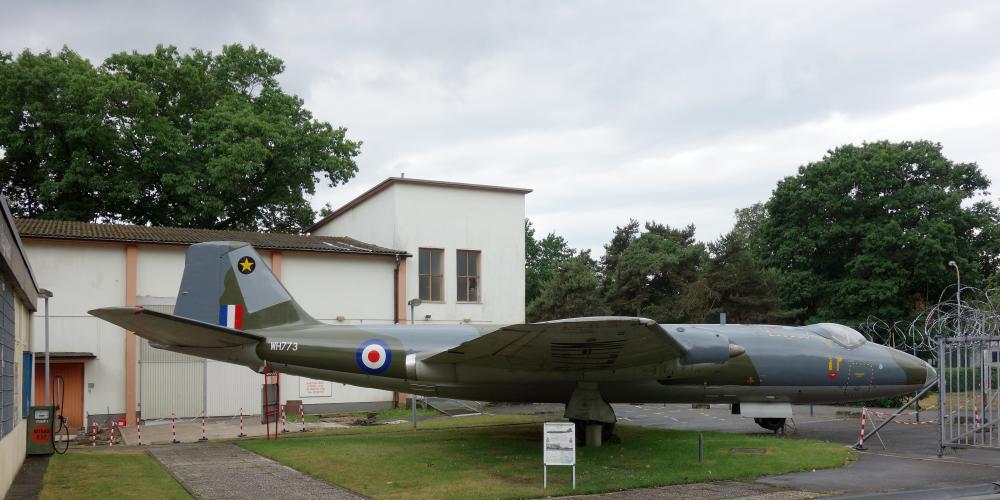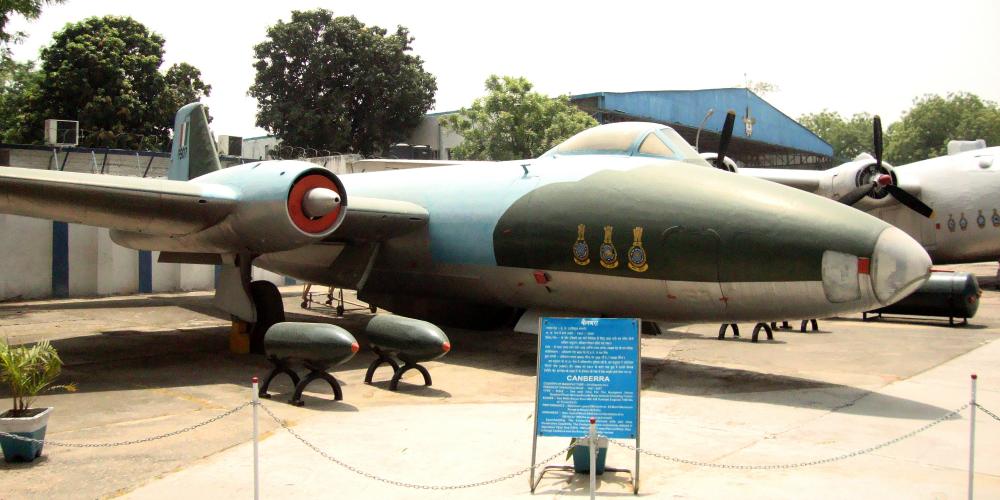English Electric
The English Electric Company Limited was a British industrial manufacturer formed after the armistice of World War I at the end of 1918. It was created to make one of Britain's three principal electrical manufacturing concerns by amalgamating five businesses which, during the war, had been making munitions, armaments and aeroplanes. It initially specialised in industrial electric motors and transformers, railway locomotives and traction equipment, diesel motors and steam turbines. In the end its activities expanded to include consumer electronics, nuclear reactors, guided missiles, military aircraft and mainframe computers. English Electric Canberra
The English Electric Canberra is a British first-generation jet-powered medium bomber that was manufactured during the 1950s. It was developed by English Electric during the mid-to-late 1940s in response to a 1944 Air Ministry requirement for a successor to the wartime de Havilland Mosquito fast-bomber. Amongst the performance requirements for the type was the demand for an outstanding high altitude bombing capability in addition to flying at high speeds. These were partly accomplished by making use of newly developed jet propulsion technology. When the Canberra was introduced to service with the Royal Air Force (RAF), the type's first operator, in May 1951, it became the service's first jet-powered bomber aircraft. 
Canberra PR.7, registration WH773, built 1953, serial number EEP73110
|

